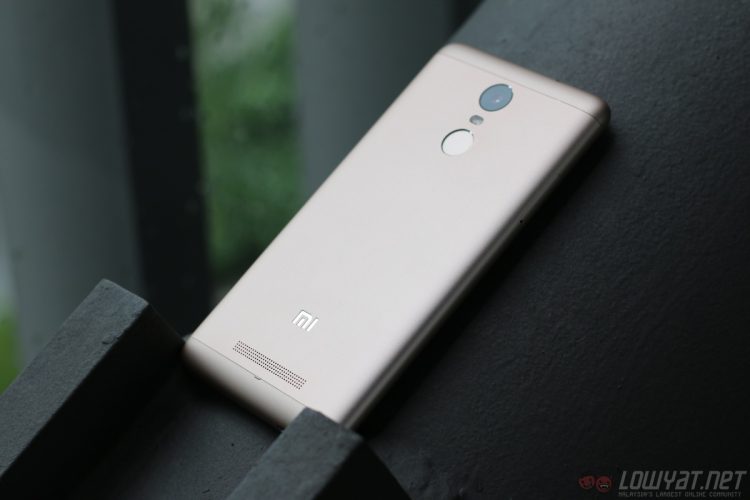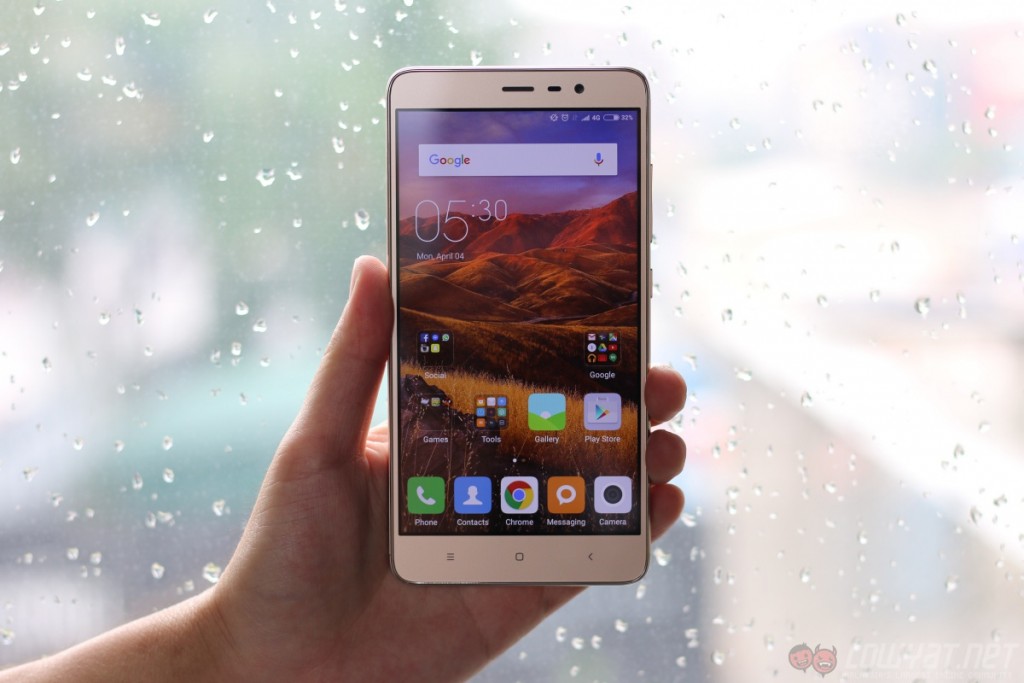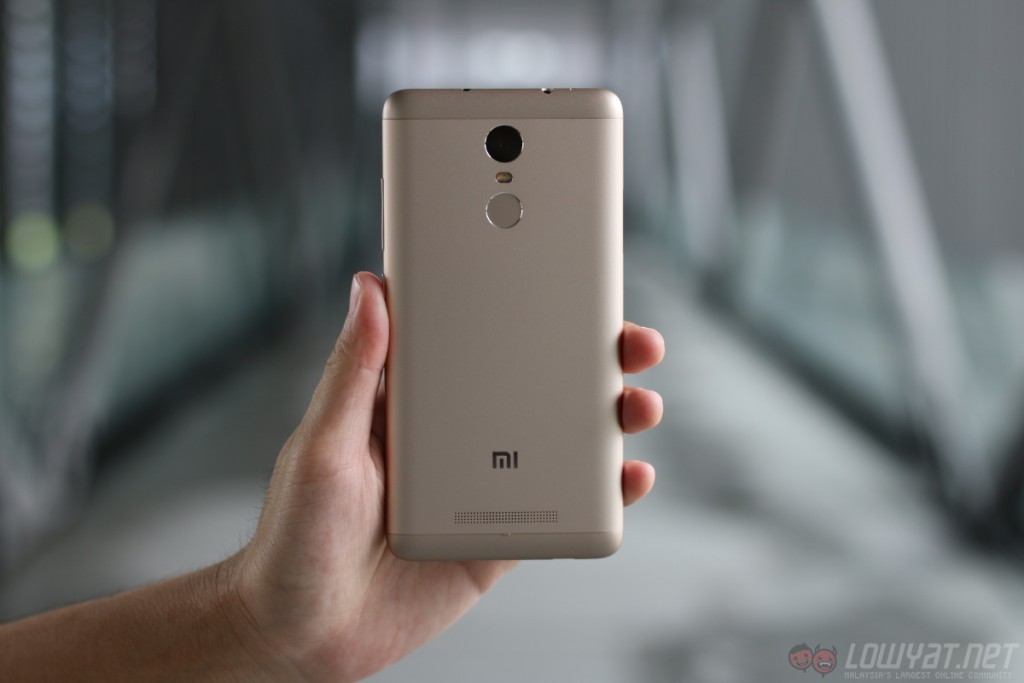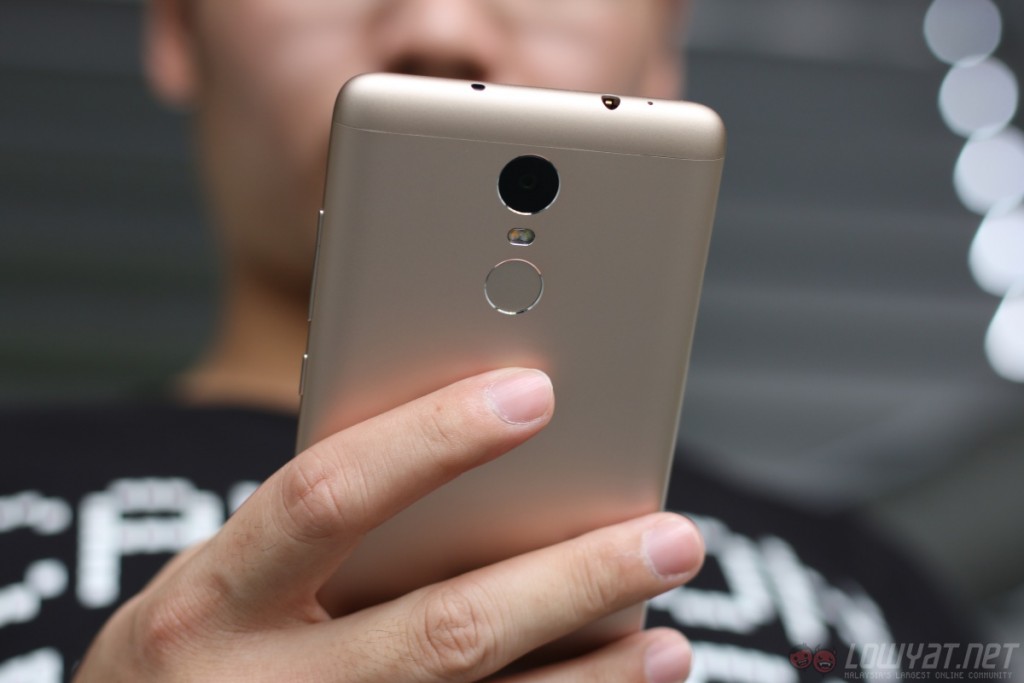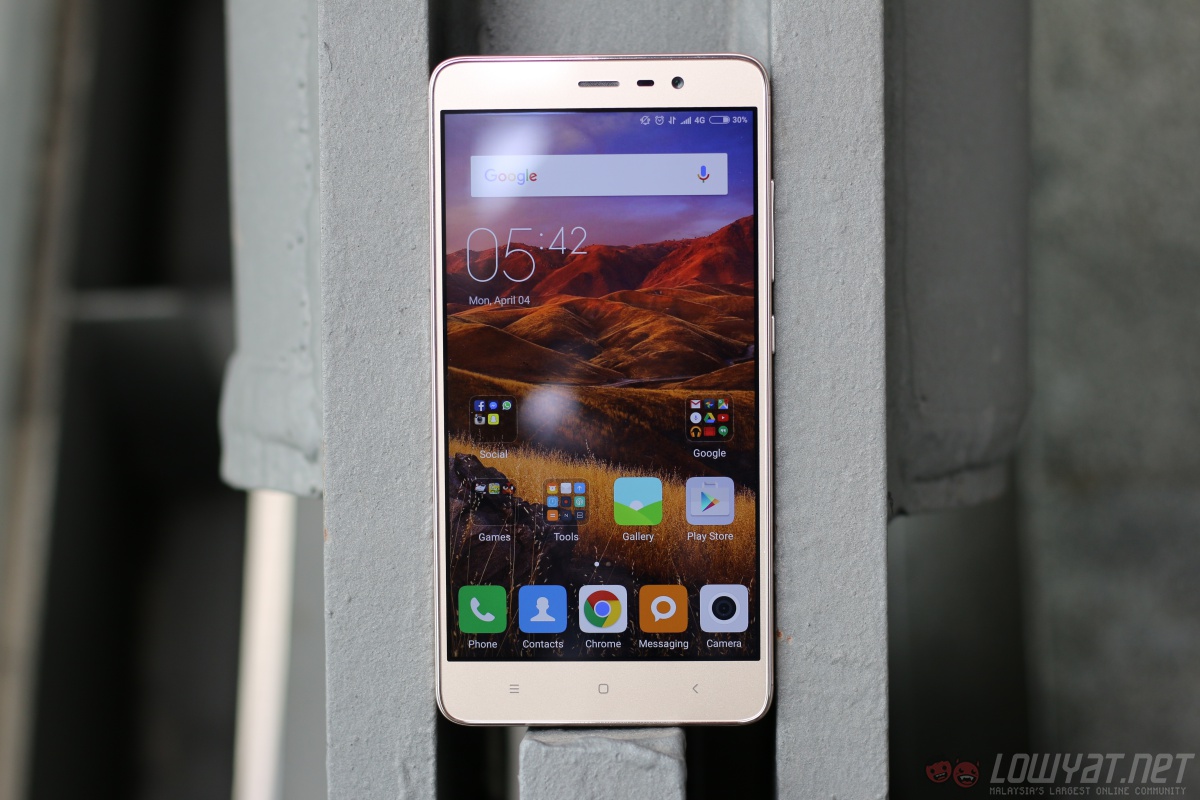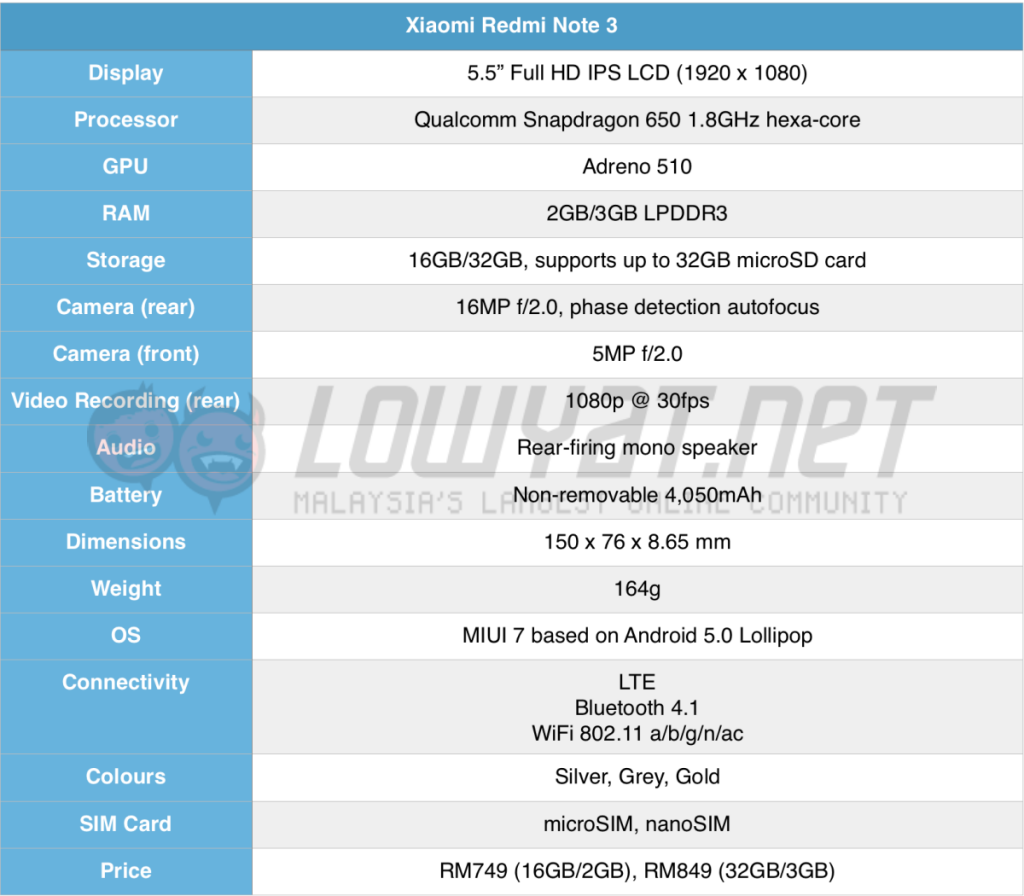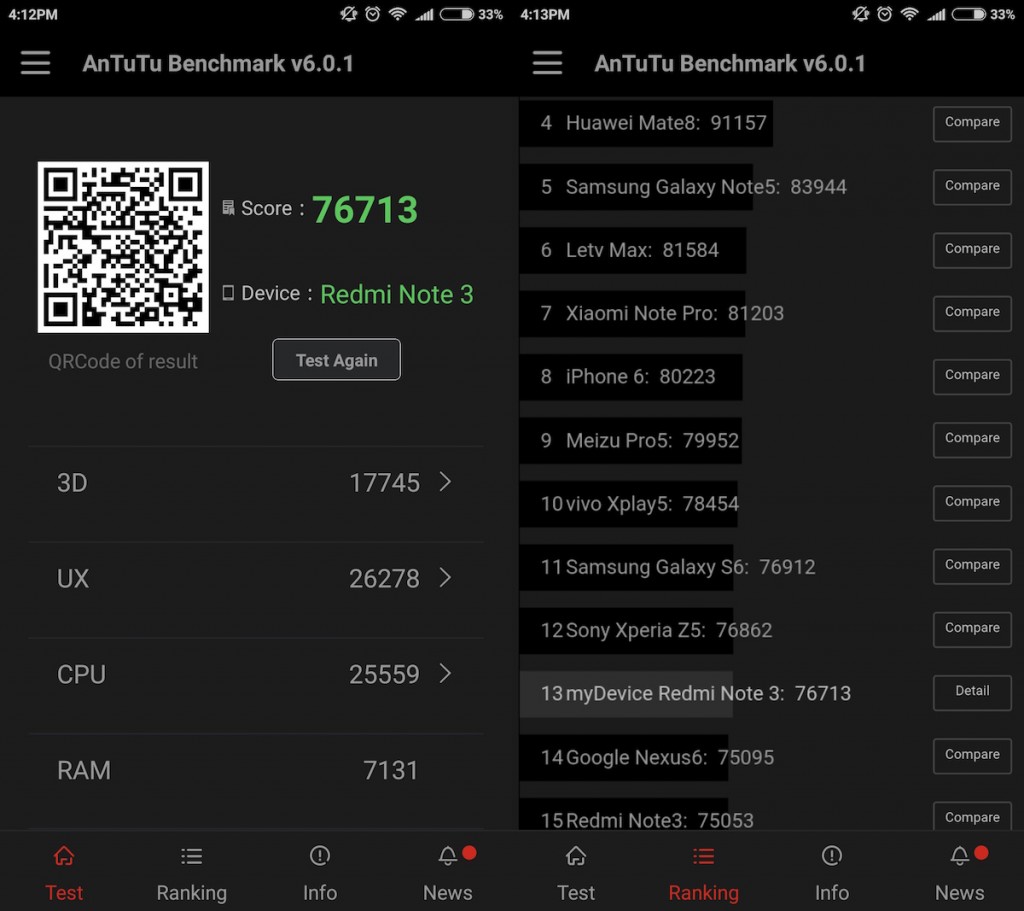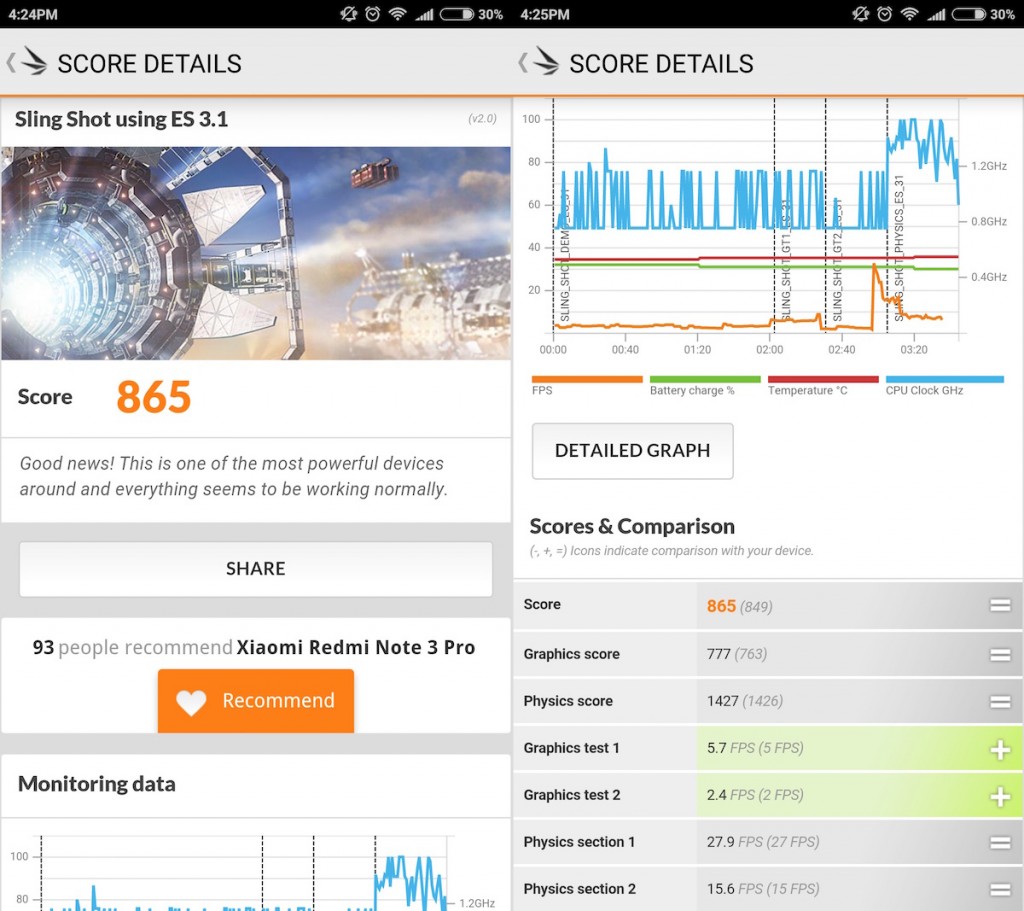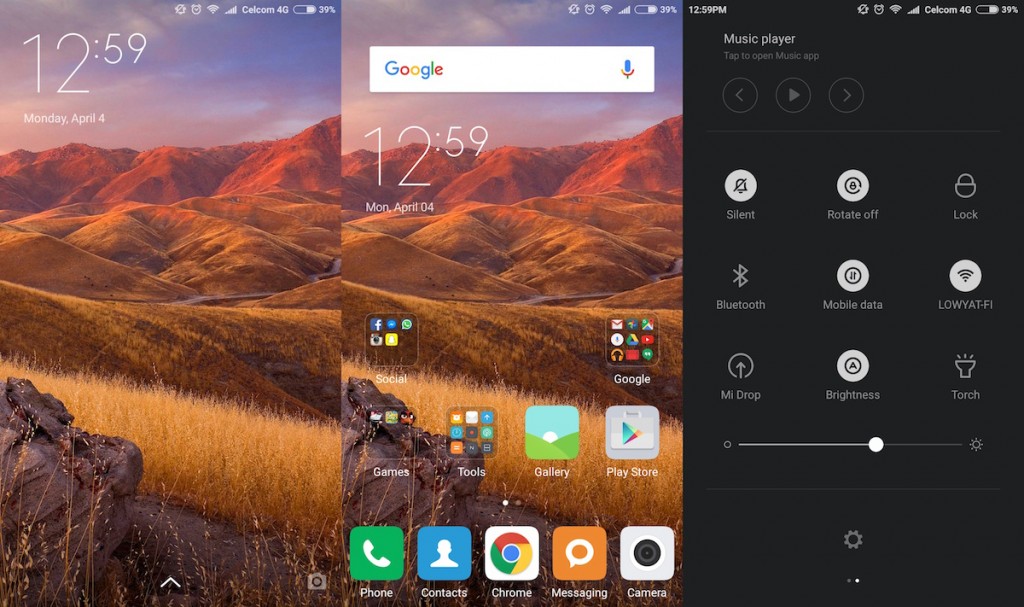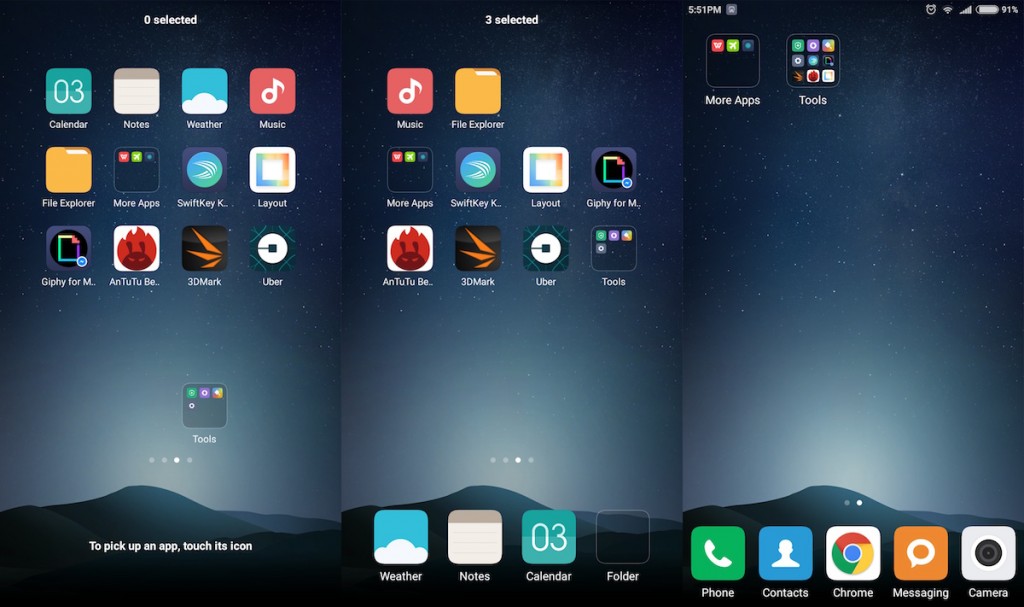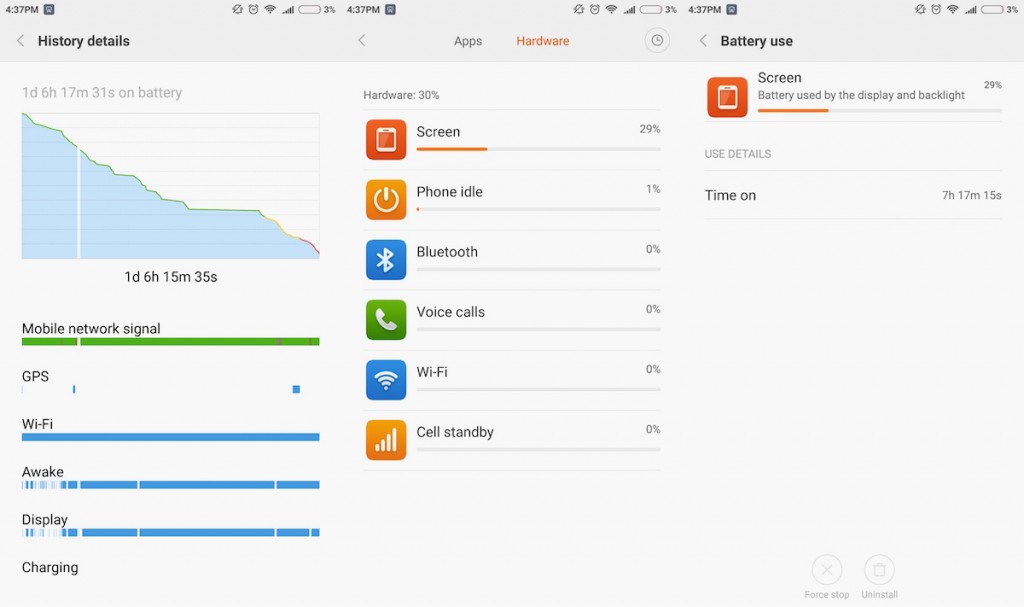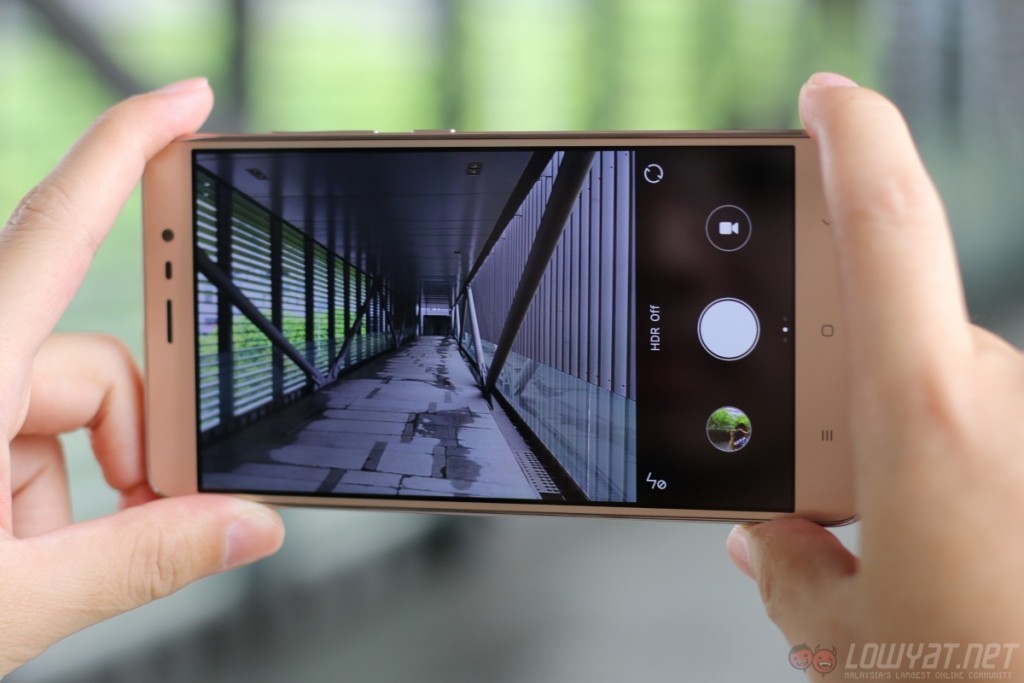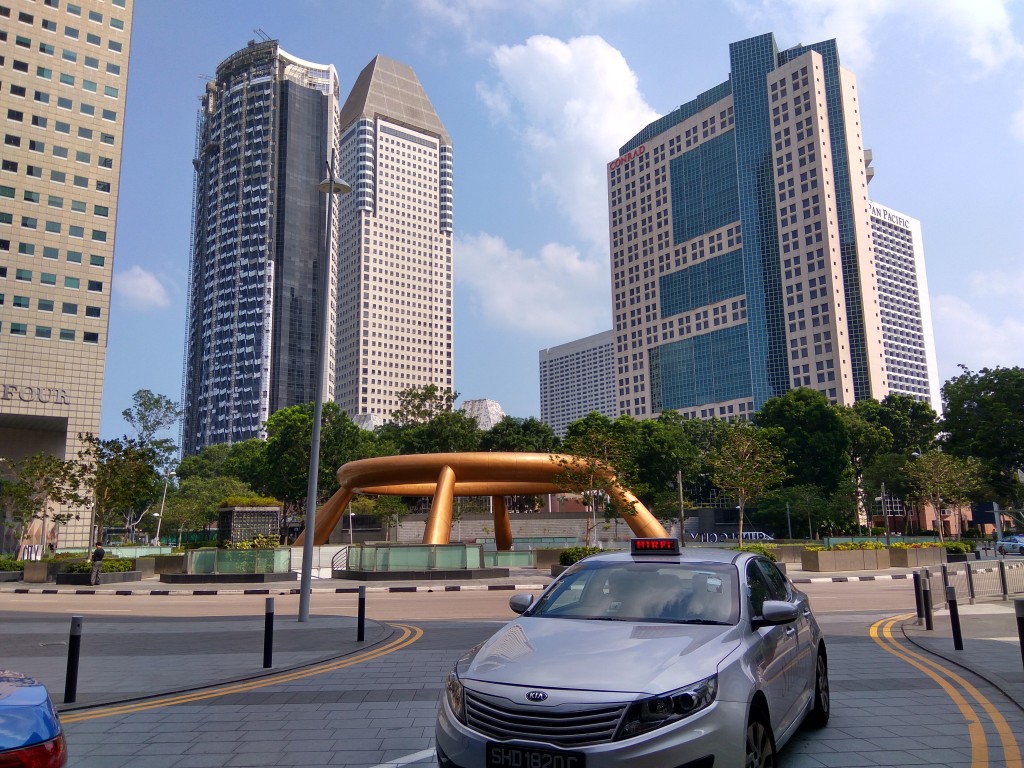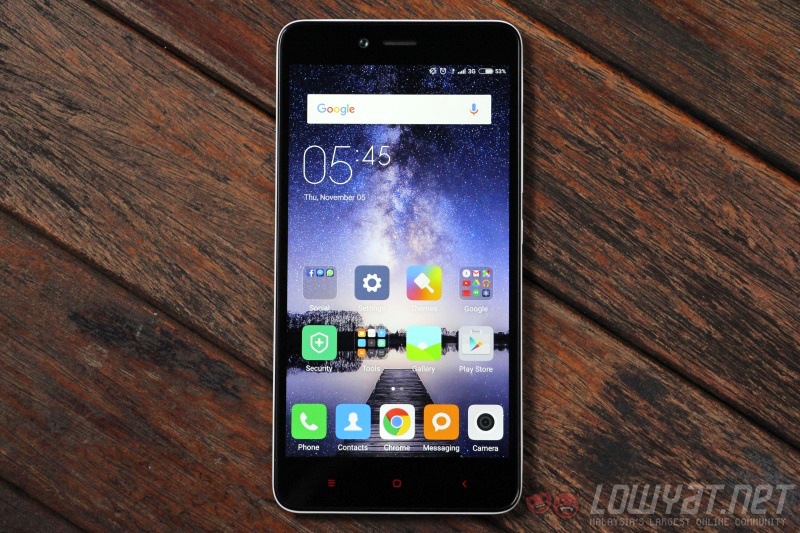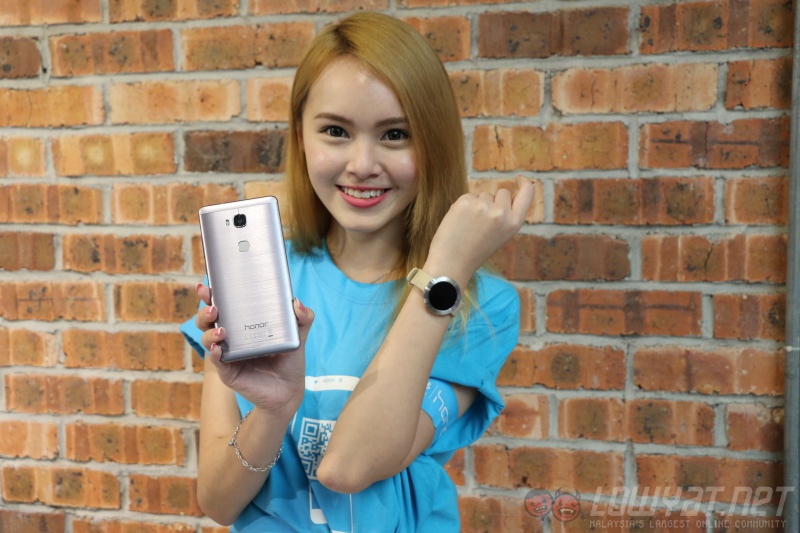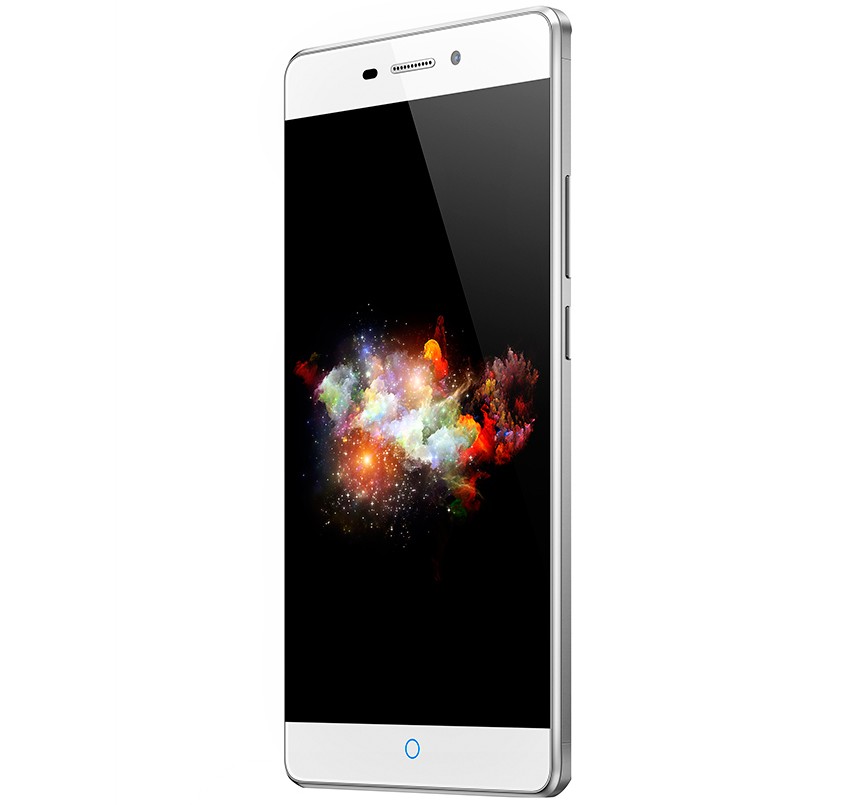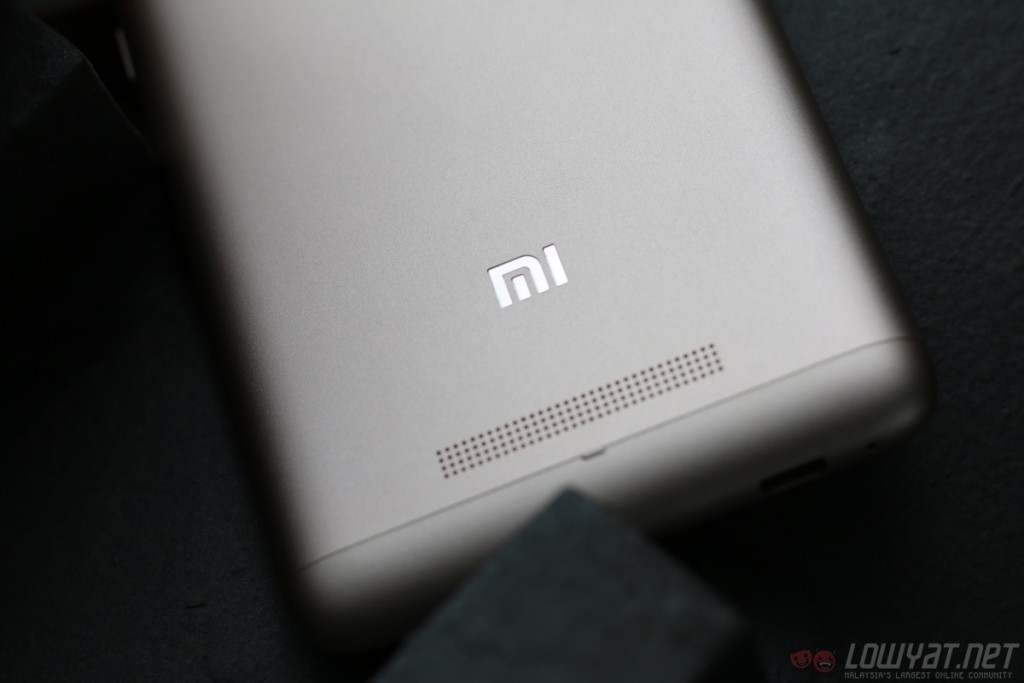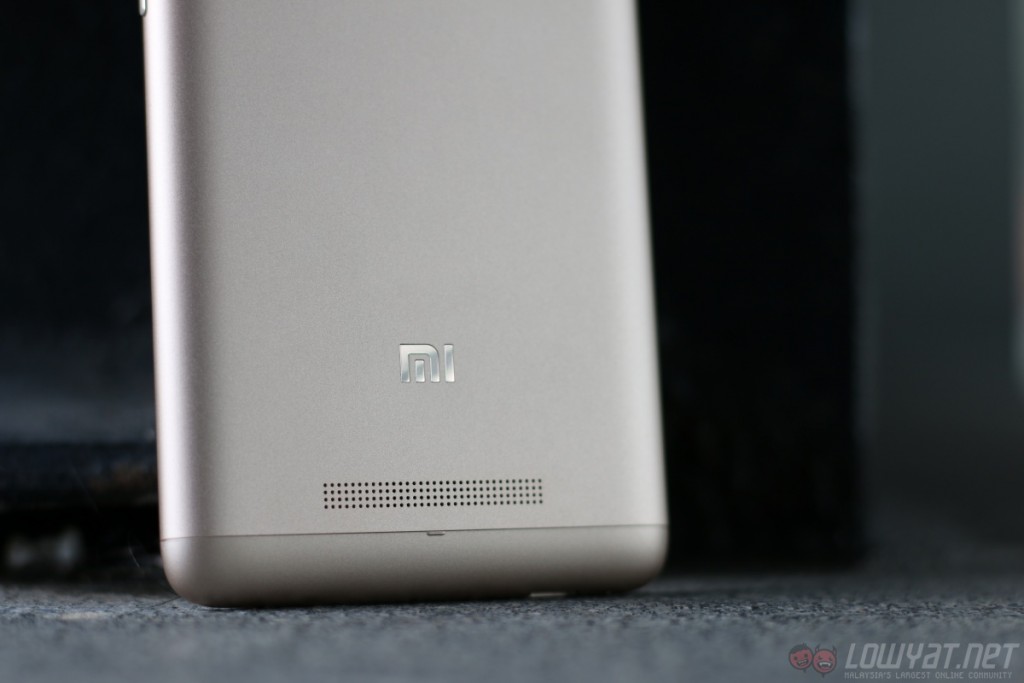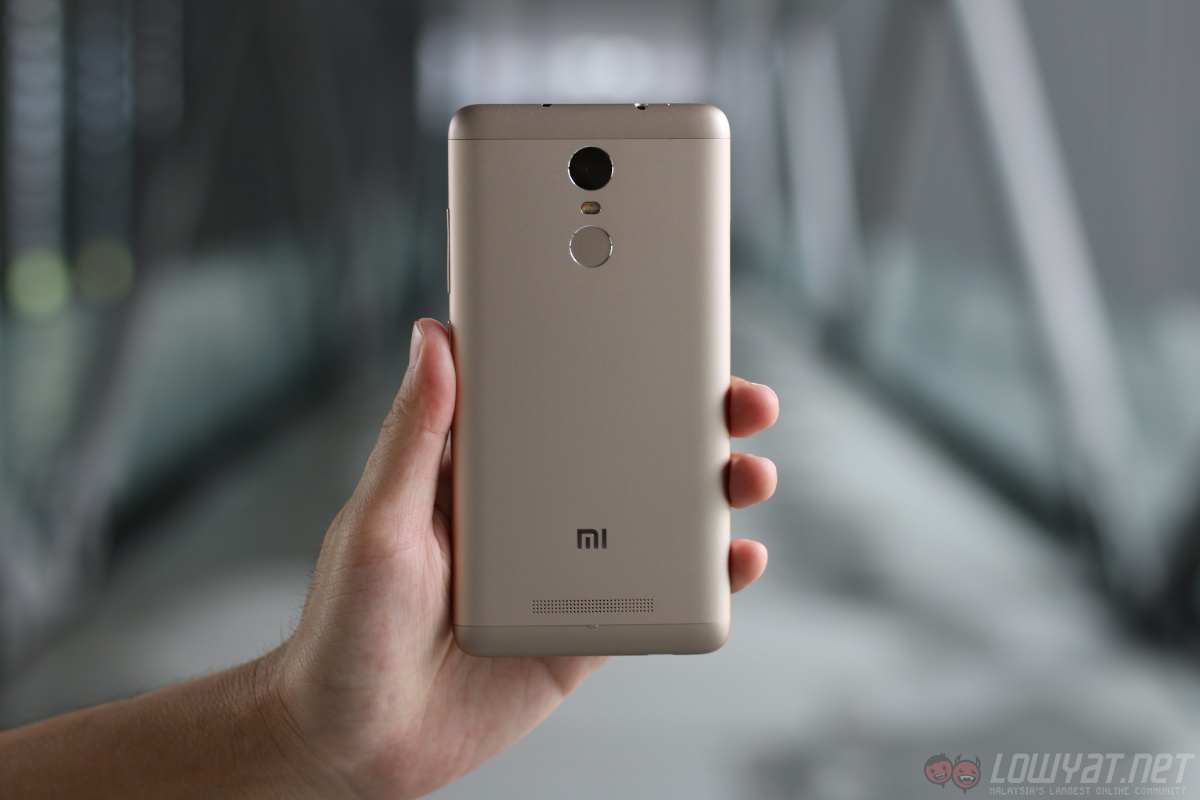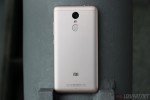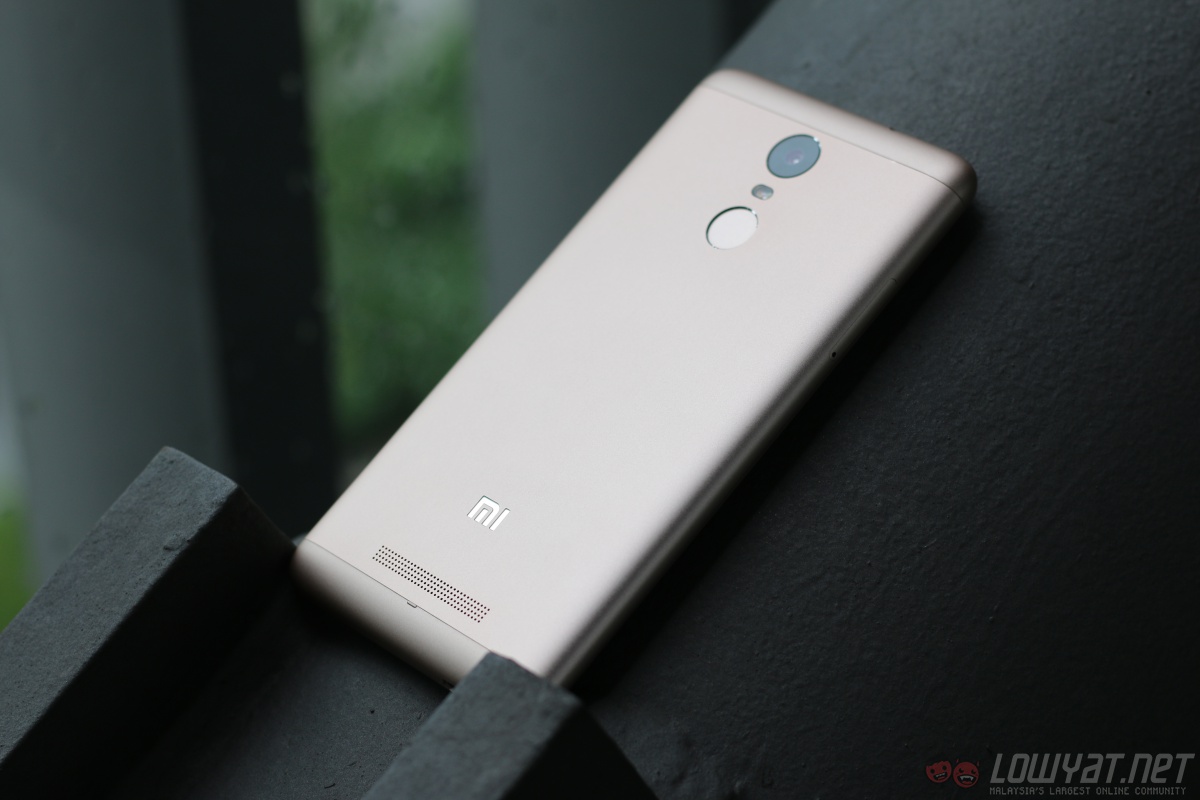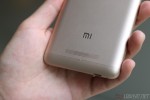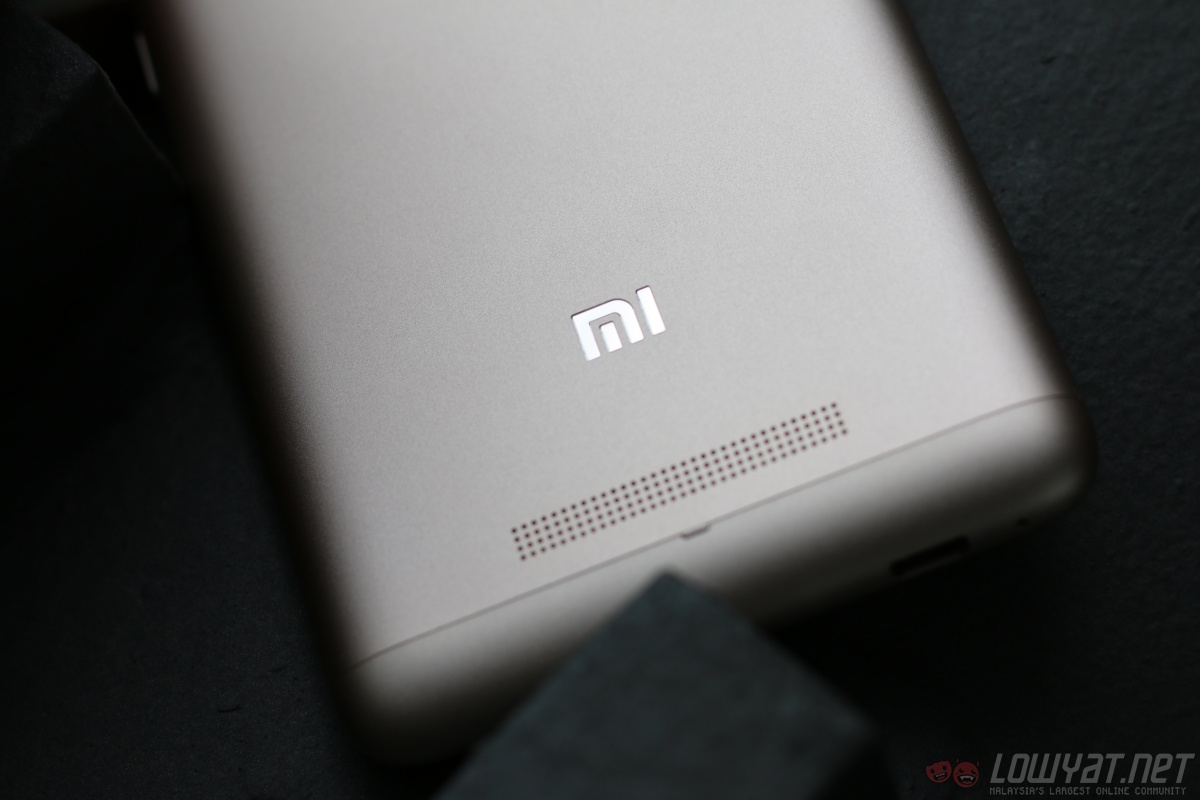Year after year, Xiaomi rarely disappoints with its devices. Just last year, it released the excellent Redmi Note 2, and more recently, we have the very promising flagship smartphone, the Mi 5. Of course, there is also the successor to the former smartphone, the Redmi Note 3. What makes this a particularly interesting successor is the fact that it was unveiled mere months after its predecessor, which doesn’t happen too often. As Xiaomi’s most expensive Redmi device yet, how good is the Redmi Note 3?
The short answer is: very good, but it’s not exactly perfect either. That said, the Redmi Note 3 is definitely a testament to how far the Redmi lineup has come over the years.
Design & First Impressions
As far as appearances go, the Redmi Note 3 is a dead ringer for its predecessor, but it has gained some nice features such as a rear fingerprint sensor and a metal construction. It is also as comfortable as the Redmi Note 2 to hold – although the metal chassis isn’t as grippy as the matte plastic cover of the latter device. While the Redmi Note 3’s design doesn’t really differentiate it from other Android smartphones in the market, it’s still an ergonomically-sound device.
We’ve come to the point that a metal smartphone isn’t considered a premium device anymore. That is not to say the Redmi Note 3 doesn’t feel premium (it does), but in comparison to “proper” flagships like the Samsung Galaxy S7 edge and Nexus 6P, the Redmi Note 3 simply doesn’t feel like it belongs in the same class. It is, however, very well-built and refined. I also like how light the device feels despite the fact that it has a huge 4,050mAh battery.
Take a look at the back of the Redmi Note 3, and we see a few notable differences between this device and its predecessor. One such difference is the fingerprint sensor, which is placed right under the camera (which now sits slightly recessed under the chassis, ensuring that it won’t get scratched as easily). Interestingly, the fingerprint sensor is noticeably slower to recognise my fingerprint, especially when compared to the honor 7 and Nexus 6P. Both unlock much faster, but then again, they’re also more costly.
Overall, the Redmi Note 3 is a well-built smartphone with some premium touches. Its volume rocker and power button are also very tactile, and it’s a comfortable smartphone to use and hold. The best part is, these are not even its best qualities.
Hardware
For a sub-RM1,000 smartphone, the Redmi Note 3 is very well equipped. Its most prominent hardware aspect is the Snapdragon 650 processor, which provides plenty of processing and graphical power when I need them. Don’t let the “600” level series name fool you though. Just like what AnTuTu’s ranking revealed, this processor feels a lot like a flagship-level chipset, which can definitely rival last year’s high-end devices such as the LG G4.
Xiaomi’s decision to offer two configurations of the Redmi Note 3 in Malaysia is also a very smart move. The more affordable 16GB variant with 2GB of RAM offers a choice to those who are on a tighter budget, while the 32GB model with 3GB of RAM – which we are reviewing here – is suitable for those who want the most out of the Redmi Note 3.
It should be pointed out here that both variants differ only by RM100, making it a no-brainer to go for the higher end variant if you can afford it; MIUI can take up a bit of memory, so an extra 1GB will certainly help.
Benchmarks
Software
MIUI 7 is quite pleasant to use, but I did face several issues with it. This gave me the impression that it is not as polished as it should be. Throughout my time with the Redmi Note 3, it rebooted twice on its own. Occasionally, it would also switch to the default Android keyboard instead of SwiftKey.
While these are by no means major issues, they can get noticeable and annoying after some time. That said, our review unit of the Redmi Note 3 is a Chinese set delivered by Xiaomi ahead of the Malaysian launch, so our software issues may not occur on the local sets.
While I faced some issues with MIUI 7, it’s by no means bad. In fact, there are genuinely great features, like how I can place apps in a temporary space before moving them to a specific folder or page in the home screen. Everything is also very snappy and responsive, which can also be attributed to the very capable Snapdragon 650 processor.
The software experience of the Redmi Note 3 is largely similar to its predecessor. There are still some bugs here and there, but Xiaomi is very committed to its MIUI software. Chances are, it’s only a matter of time before these little annoyances are resolved.
Battery Life
Packed with a very generous 4,050mAh battery, the battery life of the Redmi Note 3 is simply amazing. So much so, in fact, that I am often left with more than 30% of battery by the end of the day (that says a lot for someone who’s constantly online). I even managed to get more than seven hours of screen on time with it, which is ridiculously good. It also lasted more than a day on heavy to moderate usage.
However, the quick charge capability of the Redmi Note 3 raised a few eyebrows. In my testing, the device was charged up to only 20% in 30 minutes of charging – this test was done after I’ve drained the Redmi Note 3 to its last charge. While this is not exactly bad (it’s a 4,050mAh battery after all), the charging speed could’ve been faster.
Then again, as mentioned previously, our Redmi Note 3 review unit is a Chinese set, which may not play well with our electrical outlets.
Display
For a device at this price point, the display of the Redmi Note 3 is very impressive; certain devices twice – or even thrice – its asking price don’t even have a display this good. The Full HD display is bright and vibrant, and the colour temperature is neutral, if not slightly on the cooler side of things. Thankfully, users are free to change the colour temperature of the display to their liking.
Audio
I was never a fan of back-firing speakers, mostly because it’s the least ideal position for media consumption. After all, the audio is directed away from you. Surprisingly enough, this isn’t much of an issue with the Redmi Note 3; the mono speaker can get really loud if I want it to. There are also no noticeable crackling or buzzing when I crank up the volume.
Camera
So far, almost everything has been mostly positive about the Redmi Note 3. In the camera department, however, things are not as good. Don’t get me wrong: the Redmi Note 3’s 16MP rear camera can produce some excellent shots, but it’s not exactly a walk in the park to get those shots.
Under ideal lighting, the Redmi Note 3 can produce really good shots rather effortlessly. Images are bright and sharp, but the colours are quite saturated. This isn’t a bad thing, really: the saturation makes most images look much more appealing. Other than that, the autofocus speed of the camera is also good, and I like how there is no noticeable pause in between shots.
But, the same cannot be said when shooting in HDR mode: I would have to hold the device still for quite some time before the sensor stitches the images together.
Under good lighting, the Redmi Note 3 is undeniably a good shooter, but the camera performance takes a dive when shooting in low light conditions. With HDR switched off, most of the images are either too dark or blurry, but things definitely improve when I shoot in HDR mode. That being said, I would have to hold the device still for a long time – even longer than under ideal lighting – when shooting in this mode, although the final images are definitely good when done right.
The Redmi Note 3 is not the best mobile shooter, but then again, we are talking about a sub-RM1,000 smartphone here. Not many devices in this price point have a good camera, period. It’s important to put that into perspective, especially when the Redmi Note 3 impressed us so much that a merely good camera will be passed of as “just okay”.
Sample Images
Competition
The Redmi Note 3 is the first device in Malaysia that is powered by a Snapdragon 650 processor; this basically means it doesn’t really have direct competition. Naturally, the next device that comes to mind after the Redmi Note 3 is none other than its predecessor, the Redmi Note 2.
As far as specifications go, the Redmi Note 3 is definitely the better device. It has a more premium construction, a fingerprint sensor, a huge 4,050mAh battery, and most of all, a much more capable processor. It’s pretty amazing how these improvements cost only an extra RM100 over the Redmi Note 2. Then again, RM100 may be quite an amount for some consumers, so those who are on a tighter budget should still consider the Redmi Note 2 – it’s still a very good mid-range device.
Other than the Redmi Note 2, the honor 5X is another worthy alternative to the Redmi Note 3. The 5X boasts the same premium construction as the latter device, and it also has a faster fingerprint sensor. But, the honor 5X is considerably slower than the Redmi Note 3 in terms of raw processing power, not to mention the latter almost certainly has a better battery life thanks to the 4,050mAh battery (the 5X has a 3,000mAh cell). Considering that the 5X retails from RM899 with only 2GB of RAM and 16GB of storage, the Redmi Note 3 is certainly a better choice in terms of value and performance.
And then we also have the ZTE Blade A711. Currently retailing at RM699, the A711 has a rear fingerprint sensor and a metal construction, much like the Redmi Note 3. However, the A711’s other specifications simply do not stack up against Xiaomi’s offering: it has a slower Snapdragon 615 processor, a smaller 3,000mAh battery, as well as less storage space at 16GB and only 2GB of RAM.
As far as competition goes for the Redmi Note 3 in Malaysia right now, there’s not many that fit the bill. They are either much more expensive, or simply isn’t as good in terms of value for money. There are certainly worthy competitors to the Redmi Note 3, such as the Sony Xperia X and even the vivo X6S, but the thing is, these devices are not officially available here yet.
Conclusion
The Xiaomi Redmi Note 3 is an excellent mid-range device; the best there is right now, in fact. However, its camera performance is its main weakness, but the same can be said of many Android smartphones in this price range as well.
While the Redmi Note 3 is not perfect, it is definitely the mid-range smartphone to beat. It truly redefines what you can expect from a sub-RM1,000 smartphone. It’s amazing how much better mid-range smartphones have gotten over the years, and other manufacturers will have to step up their game if they were to have any chance of standing head-to-head with Xiaomi in this segment; and that’s a task that is not easy to accomplish.
For the time being (possibly for quite some time), the Redmi Note 3 is the benchmark for what you should expect from a mid-range device. Until more devices with a similar price-to-performance ratio are launched here in Malaysia, the Redmi Note 3 is the smartphone to get if you’re on a tight budget or looking to get the most bang for your buck.
Photography by Terry Bass.

